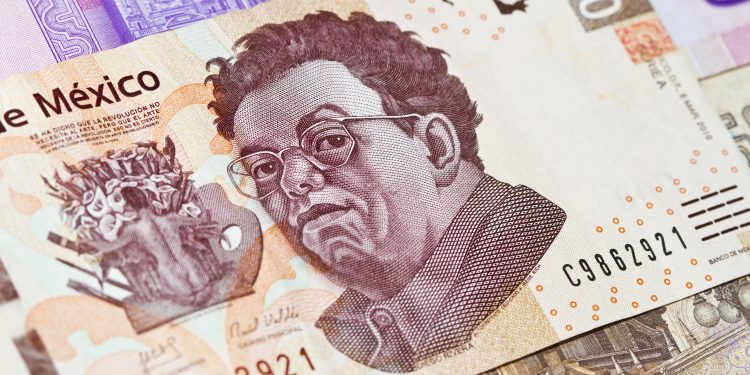The Bank of Mexico has been re-issuing all of its banknotes over last few years, to replace the designs that had been around since the 1990’s with a new, contemporary, design style that also incorporates the latest in banknote security technologies.
The updates began with the new $20 and $50 peso notes, which are printed on polymer, a special ‘plastic paper’—more durable and longer lasting than traditional bank note paper. All other Mexican banknotes are printed on the security paper that’s used for banknotes world-wide.
In 2008, the bank released the new $1000 peso note, followed by the new $200 peso note.
In 2009, the bank also released limited edition versions of the $100 and $200 peso banknotes to commemorate the country’s Independence and Revolution.
With the launch of the new $100 and $500 peso banknotes, all of the new-style bank notes are now officially released and Mexico’s central bank has completed the set, a process that began in 2006.
Copious quantities of the older versions of the $100 and $500 banknotes will still be in wide circulation and these continue to be legal tender until they are officially withdrawn; at which point you will have to go to a bank to get them verified and exchanged.
Many people write in to ask us about the value of old Mexican banknotes, so we wrote an article about it and that subject now also features permanently on our guide to money in Mexico.
We also advise our readers to be on the lookout for counterfeit bank notes in Mexico and learn how to recognize the real thing when you see it and handle it.
You can see sample illustrations of the new Mexican banknotes on our guide to Money in Mexico and on the Bank of Mexico’s ‘current bills and coins’ web page (Spanish).
Mexico in your inbox
Our free newsletter about Mexico brings you a monthly round-up of recently published stories and opportunities, as well as gems from our archives.

